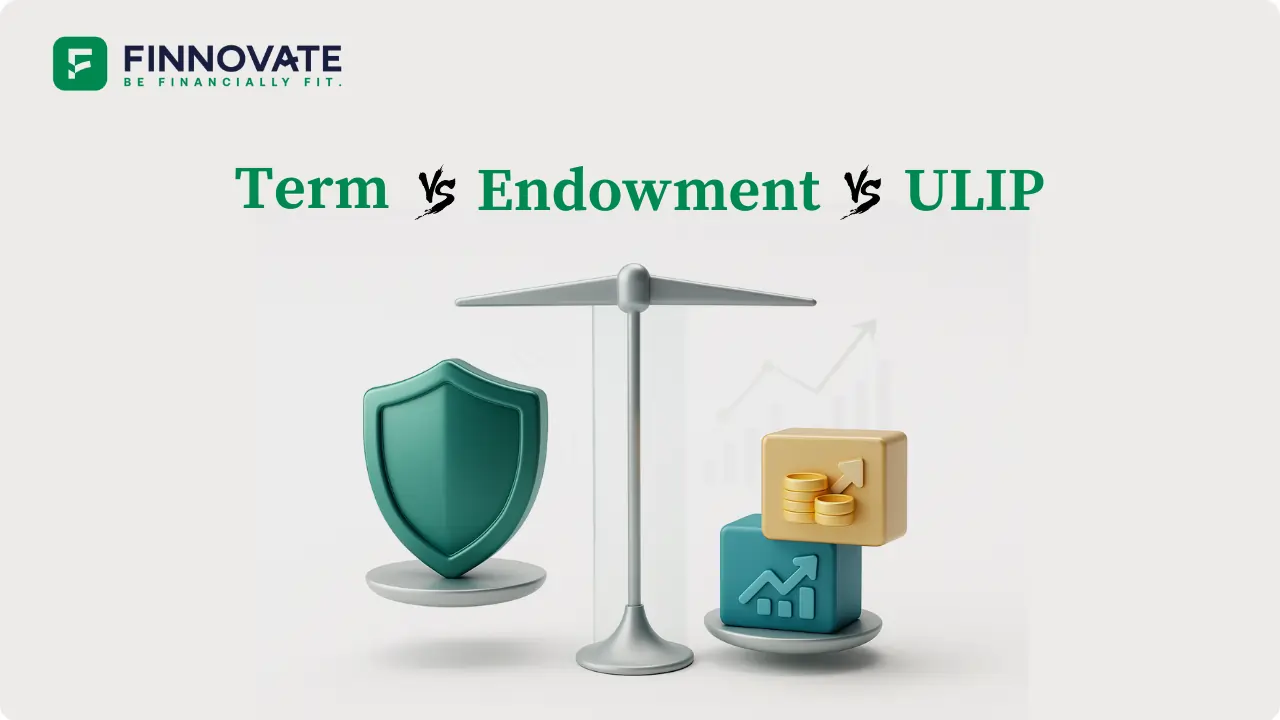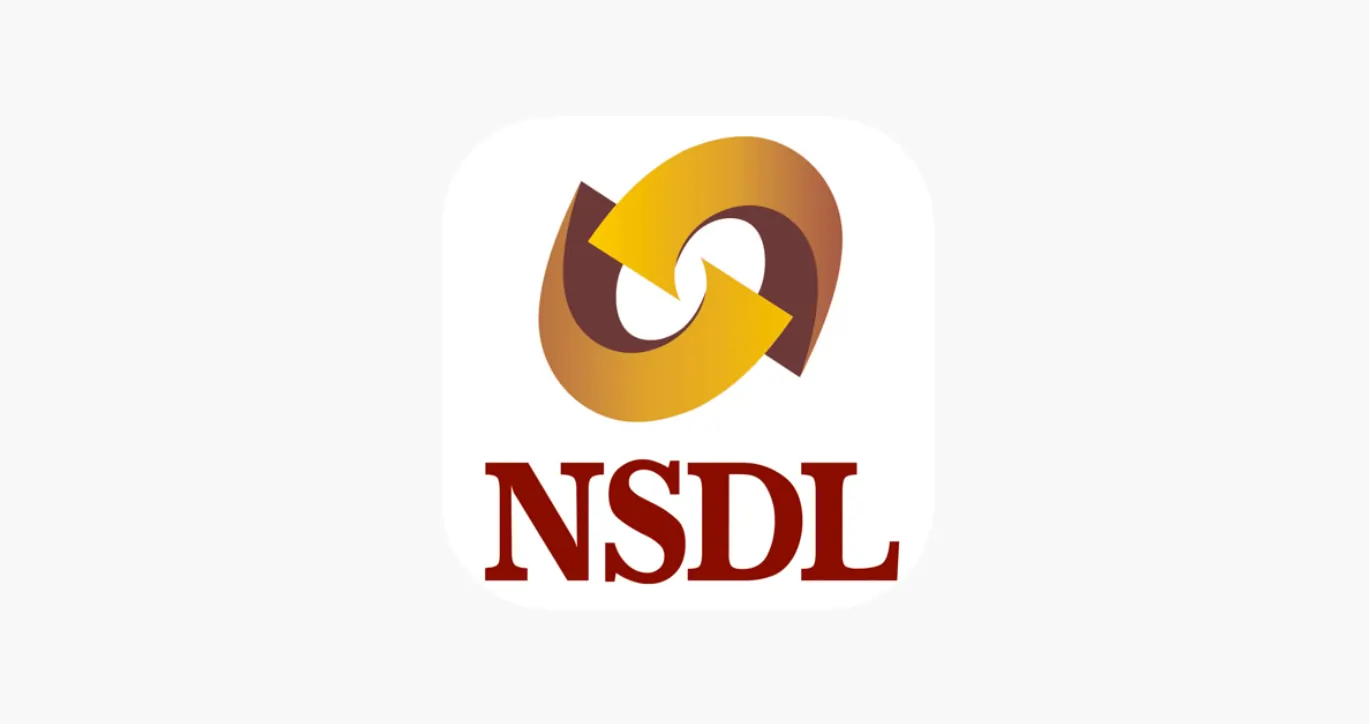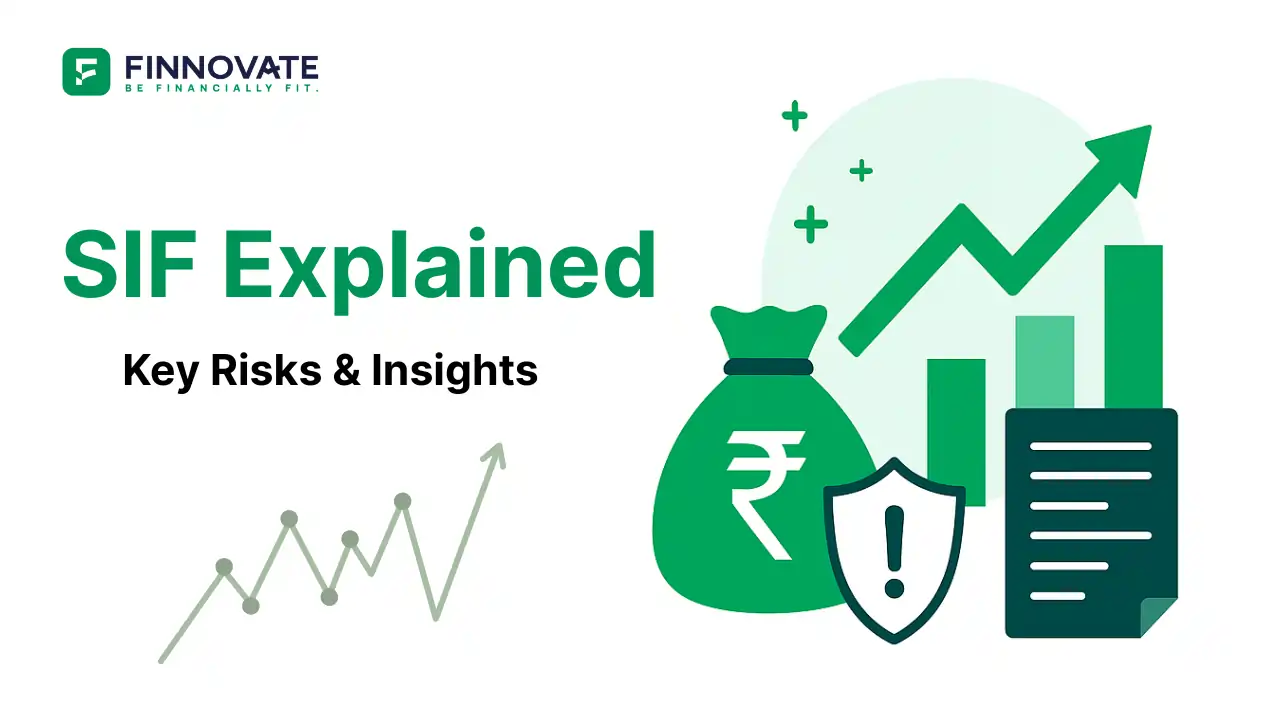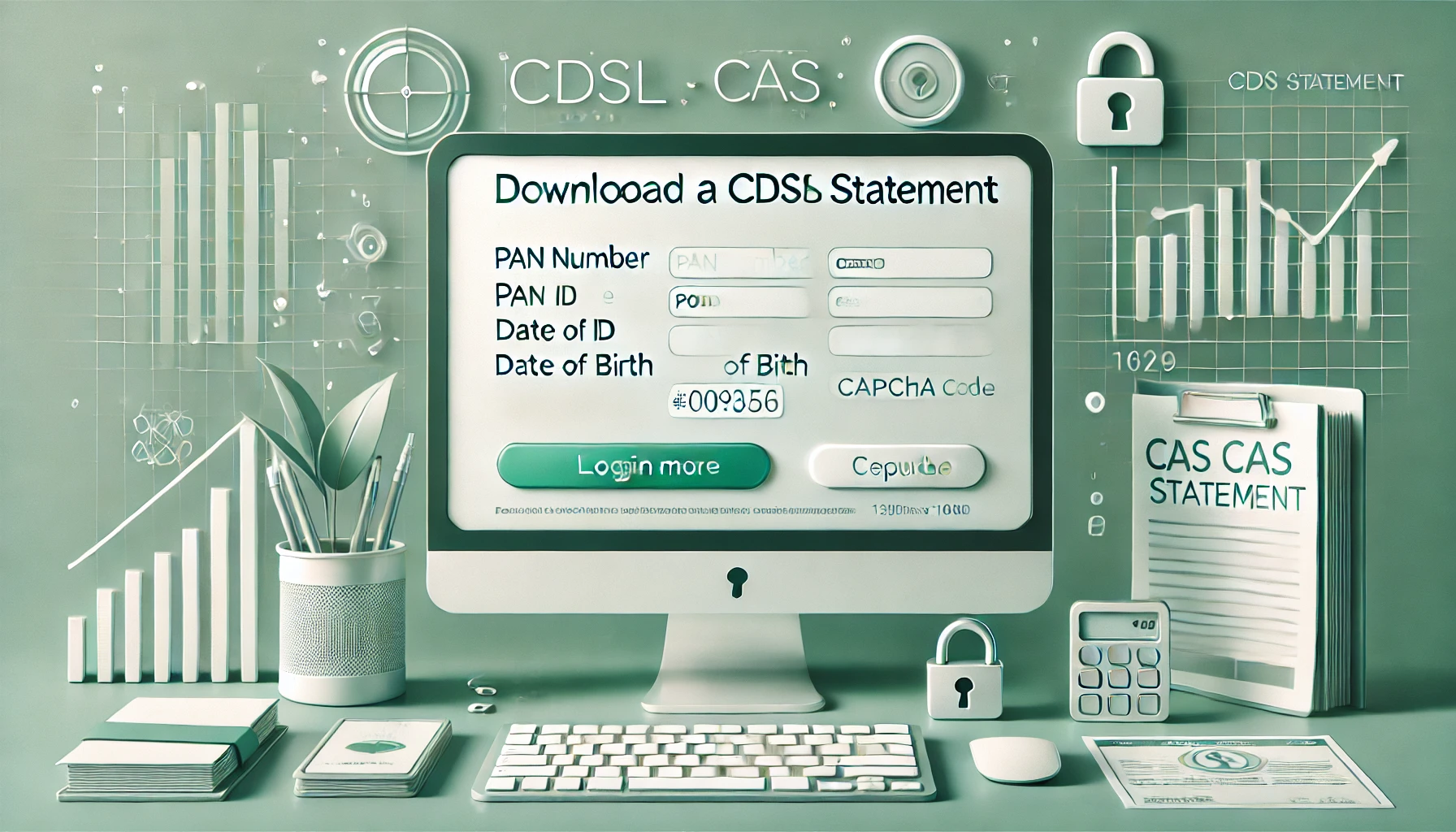
Term vs Endowment vs ULIP: What Should You Really Choose?
Compare Term Insurance, Endowment, and ULIP in a clear, unbiased way. Understand costs, co...
Updated on: August 25, 2025
Paying health insurance premiums (or medical bills in specific cases) for your parents can reduce your tax outgo under Section 80D. This guide explains how the limits work for parents and senior citizens, when medical expenditure qualifies (only if no policy is in force), what payment modes are allowed, and how the new tax regime affects your claim.
| Covered Group | Limit |
|---|---|
| Parents <60 (premium) | Up to ₹25,000 |
| Parents ≥60 (premium) | Up to ₹50,000 |
| Parents ≥60 (medical expenditure; no policy) | Up to ₹50,000 |
Note: Preventive health check-up up to ₹5,000 is inside the relevant cap; it’s not extra. Premiums must be paid non-cash; only preventive check-ups may be paid in cash.
| Scenario | Self/Family Limit | Parents Limit | Total |
|---|---|---|---|
| Self <60; Parents <60 | ₹25,000 | ₹25,000 | ₹50,000 |
| Self <60; Parents ≥60 | ₹25,000 | ₹50,000 | ₹75,000 |
| Self ≥60; Parents <60 | ₹50,000 | ₹25,000 | ₹75,000 |
| Self ≥60; Parents ≥60 | ₹50,000 | ₹50,000 | ₹1,00,000 |
These caps are per financial year and subject to the old-vs-new regime choice explained below.
If your parent is a resident senior (≥60) or very senior and has no active health insurance policy, you can claim their actual medical expenditure (consultations, tests, medicines, hospital bills) up to ₹50,000 under the parents’ limit. Payment must be by a non-cash mode (bank/card/UPI, etc.). Keep itemised proofs.
You can claim up to ₹5,000 for preventive check-ups for yourself/family/parents; this is included within the applicable 80D caps. Unlike premiums, this portion may be paid in cash.
Under the new regime (Sec. 115BAC), you cannot claim 80D (Chapter VI-A deductions generally disallowed except 80CCD(2)/80CCH/80JJAA). If 80D + other deductions matter to you, evaluate the old regime before locking your choice. :contentReference[oaicite:14]{index=14}
Yes. The Act distinguishes “dependent children” from “parents,” implying parents’ dependency isn’t required. (Interpretation based on §80D wording.)
Yes - only if no health policy is in force for that resident senior/very-senior; up to ₹50,000, paid via non-cash mode. Keep itemised proofs.
Only for preventive health check-ups (up to ₹5,000, within caps). Premiums must be non-cash.
Yes, contributions to CGHS/notified schemes qualify within 80D limits.
No. Chapter VI-A deductions like 80D are not allowed under 115BAC (with limited exceptions that don’t include 80D).
Finnovate can help you pick the right cover for parents, decide between premium vs medical-expense route, and choose the right tax regime for your case.
Book a Free Health Insurance Consultation
Disclaimer: This article is for education only. Tax rules change and eligibility depends on your facts. Please consult your tax advisor.
Popular now

Learn how to easily download your NSDL CAS Statement in PDF format with our step-by-step g...

Explore what Specialised Investment Funds (SIFs) are, their benefits, taxation, minimum in...

Learn How to Download Your CDSL CAS Statement with our step-by-step guide. Easy instructio...

Analyzing the potential economic impact of the 2025 India-Pakistan conflict on India's GDP...